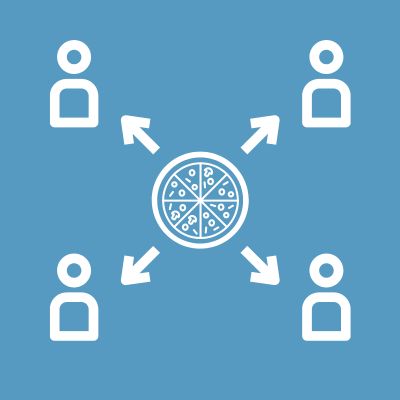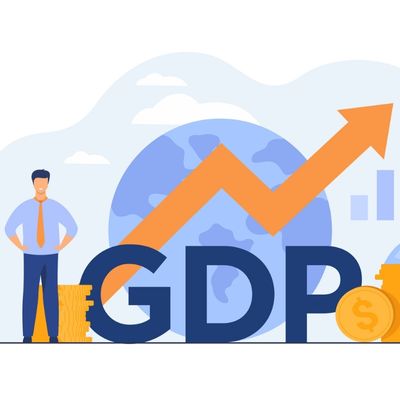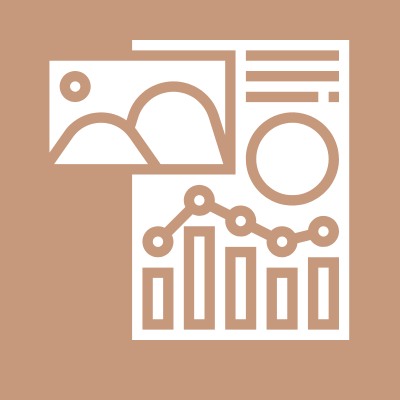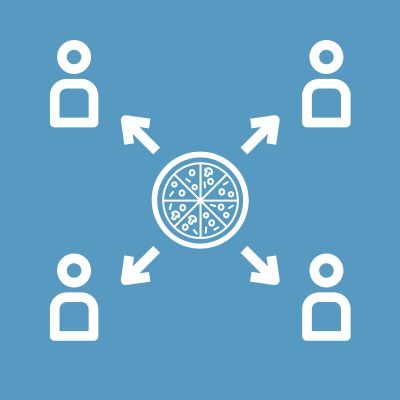GDP: What Is It?
Define GDP, explain its components, and define per capita GDP
{{searchResultSnippet}}
 Back to All
Back to All

This video assignment explains automatic stabilizers and how they help smooth the business cycle. Through real-life examples, such as unemployment insurance, and approachable analogies, such as the cruise control on a car, viewers will understand the role automatic stabilizers play in providing economic stability.
As the economy moves along the business cycle, experiencing periods of economic growth or recession, and changing unemployment and inflation, it impacts people’s lives. Ideally, the economy would experience a steady, stable, growth near its long run trend growth rate.
Automatic stabilizers help. Automatic stabilizers are a standing policy that activates automatically without intervention, usually during a recession.
An example is unemployment insurance.
Unemployment insurance is a program providing cash benefits for a specified period of time to workers who lose a job through no fault of their own.
When the economy is in recession, there are normally more people who are unemployed, which means more people qualify for unemployment insurance. The income provided by unemployment insurance supports people while they are out of work, and the extra spending supports the economy. So, unemployment insurance is an “automatic” stabilizer because government spending automatically increases during recessions.
As the economy recovers, and people find jobs, they move from receiving unemployment insurance to earning income, and government spending on this program automatically adjusts.
So in this way, automatic stabilizers are a little like the cruise control on your car – when you are going uphill, the cruise control will adjust the engine to work harder to keep the car near a constant speed; and as you reach the crest of the hill and go down the other side, the cruise control will adjust the engine so it keeps that same speed going downhill.
In a similar way, automatic stabilizers can moderate, or smooth the business cycle, but can’t entirely eliminate the highs and lows.

GDP: What Is It?
Define GDP, explain its components, and define per capita GDP

Gross Domestic Product
Visualize the components of Gross Domestic Product (GDP).

Analyzing the Elements of Real GDP in FRED Using Stacking Activity
Graph gross domestic product's (GDP) components over time.

Econ Lowdown Podcast Series
21 Economics audio assignments for your classroom

Minding the Output Gap: What Is Potential GDP and Why Does It Matter?
This issue of Page One Economics® explains how the output gap is useful for checking the health of the economy.

10 FRED Graph Activities in 10 Minutes
Learn about data through graphing activities.

Definition of GDP
Provide a definition of GDP, what it measures, and how it is calculated.

The Components of GDP
Explore the expenditure approach that textbooks use to explain GDP.

Measuring Exports and Imports in GDP
Look at how imports and exports are counted in GDP.

Per Capita GDP
Provide students with an easy-to-understand definition of per capita GDP.

Real vs. Nominal GDP
Explain the difference between real and nominal GDP.

Levels of GDP vs. Percentage Change in GDP
Explain why economists prefer to discuss changes in GDP through percentages.

Trend Growth
Explain potential output and why the economy might experience output gaps.
{{resourceTitle}}
{{resourceBlurb}}